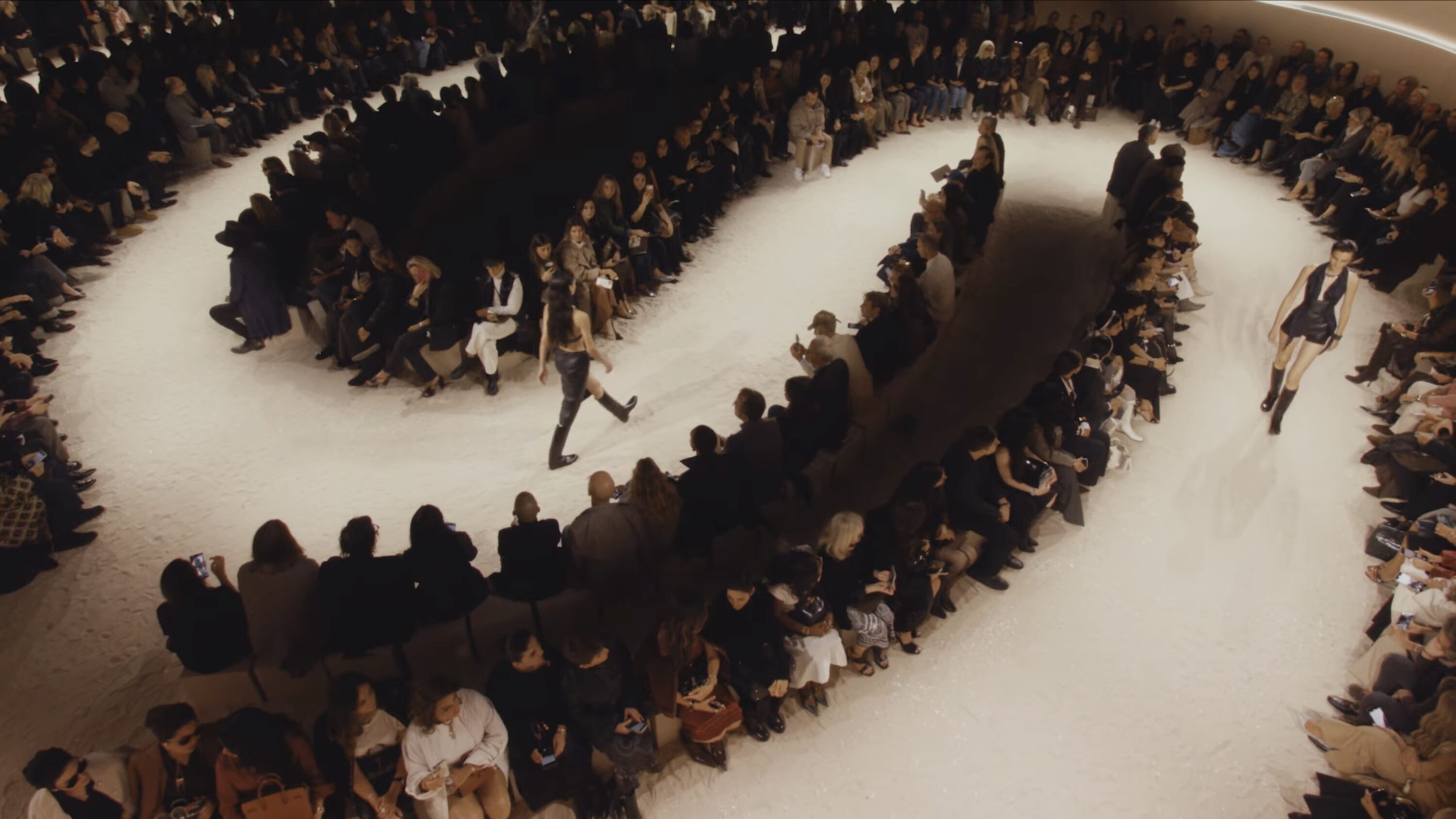Sales rise 9.6% at constant exchange as demand for leather classics holds steady, while softer growth in Asia and underperformance in perfumes and watches hint at limits.
Key Takeaways
- Shares fell 3% post-earnings, as investor focus shifts toward higher-beta recovery stories at Kering and LVMH.
- Q3 revenue rose 9.6% at constant exchange rates, reaching €3.88 billion; slightly below analyst expectations.
- Leather goods led growth, up 13.3%, supported by new models and expanded production capacity.
- Asia-Pacific (ex-Japan) growth stalled, up just 0.3% in Q3 — signaling persistent headwinds in Greater China.
- Secondary categories underperformed: Perfume & Beauty (-7.2%) and Watches (-3%) declined year-over-year.
- Hermès continues long-term investment in artisanal production, store expansion, and category development—but market enthusiasm is cooling.
Hermès Posts Solid Q3 Growth, but Market Eyes Slower Underlying Momentum
Hermès reported third-quarter revenues of €3.88 billion, up 9.6% at constant exchange rates and 4.8% on a reported basis, as strong demand for its core leather goods carried the business through a still-uncertain global luxury environment. The growth slightly underperformed analyst expectations for 10%, and investors responded with a 3% drop in the company’s share price.
While the house touted “continued solid growth” and emphasized resilience across all regions, the results mark a slower pace of acceleration compared to prior years. In particular, performance in the Asia-Pacific region (excluding Japan)—one of the most critical growth engines for the sector—was nearly flat, growing just 0.3% in the quarter. Japan, the Americas, and Europe offered more robust support.
Leather Goods Remain the Core Engine
The leather goods and saddlery division, which includes the Birkin, Kelly, and Constance handbags, rose 13.3% in Q3 at constant exchange rates. The category remains Hermès’ most critical business, accounting for nearly half of group sales. New models like the Tablier Sellier and Besace Trotting contributed to momentum, as did the return of the house’s Plume bag.
Growth here was also buoyed by ongoing investment in manufacturing: Hermès opened its 24th leather workshop in France this quarter, with three more scheduled by 2028. This measured expansion supports the brand’s long-term strategy of controlling production to preserve rarity and pricing power.
Secondary Categories Show Mixed Signals
- Ready-to-Wear and Accessories grew by 6.2%, supported by runway presentations in Hong Kong and Paris.
- Silk and Textiles rose 4.1%, showing stability, though this category continues to serve more as brand entry point than growth driver.
- Perfume and Beauty fell 7.2%, a steeper drop than the company’s -5% full-year guidance, reflecting tough year-over-year comparisons following last year’s Barénia launch.
- Watches dipped 3% in Q3, despite new launches in the H08 and Arceau lines.
- Other Hermès Sectors, which include jewelry and home, posted a strong 11.6% gain, led by continued expansion in Haute Bijouterie and tableware.
Despite efforts to frame these results as consistent with the house’s strategy of quality over quantity, the drop in Perfume and Watches suggests that even Hermès is feeling pressure in discretionary categories beyond leather.
Regional Breakdown: Japan Leads, Asia Lags
Geographically, growth was strongest in Japan (+13.8%), the Americas (+14.1%), and Europe excluding France (+10.2%). France also posted a healthy +10.4% increase. However, Asia-Pacific excluding Japan—the company’s largest region by sales—was nearly flat, growing only +0.3%, a slowdown from earlier this year.
While Hermès did acknowledge “a very slight improvement” in China, it stopped short of calling it a rebound. This aligns with cautious optimism seen in recent updates from LVMH and L’Oréal, though analysts remain wary about whether the worst of the sector’s slowdown in China is truly over.
Perspective: Resilience, but Less Room to Surprise
Hermès has weathered the luxury downturn better than most, thanks to its tightly controlled supply, consistent product strategy, and disciplined communication. But the market’s response to this quarter suggests that reliability alone may no longer be enough to sustain excitement.
The company’s shares, while outperforming the broader sector earlier this year, have now fallen 3% in the past three months. Meanwhile, LVMH has climbed 31% and Kering 65%, as investors chase recovery stories and creative shake-ups. For Hermès, the question may now be whether stability can continue to outperform in a market increasingly rewarding volatility.
